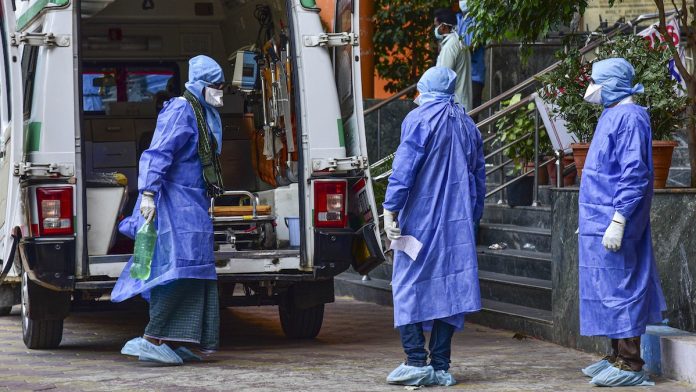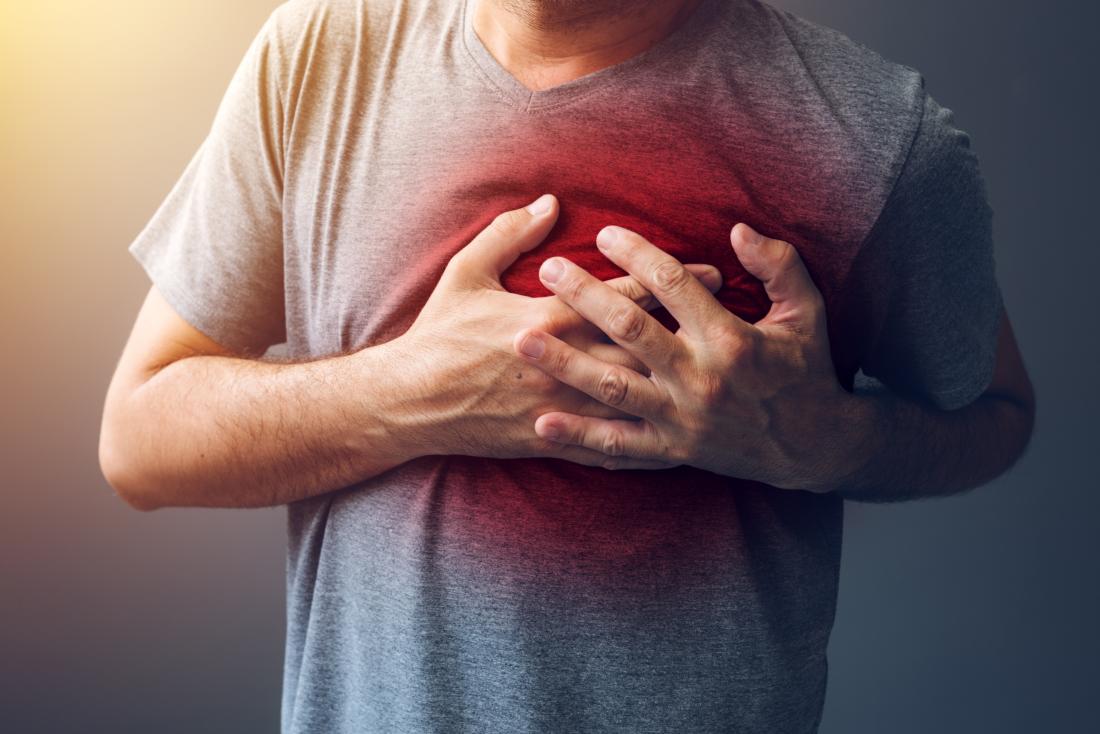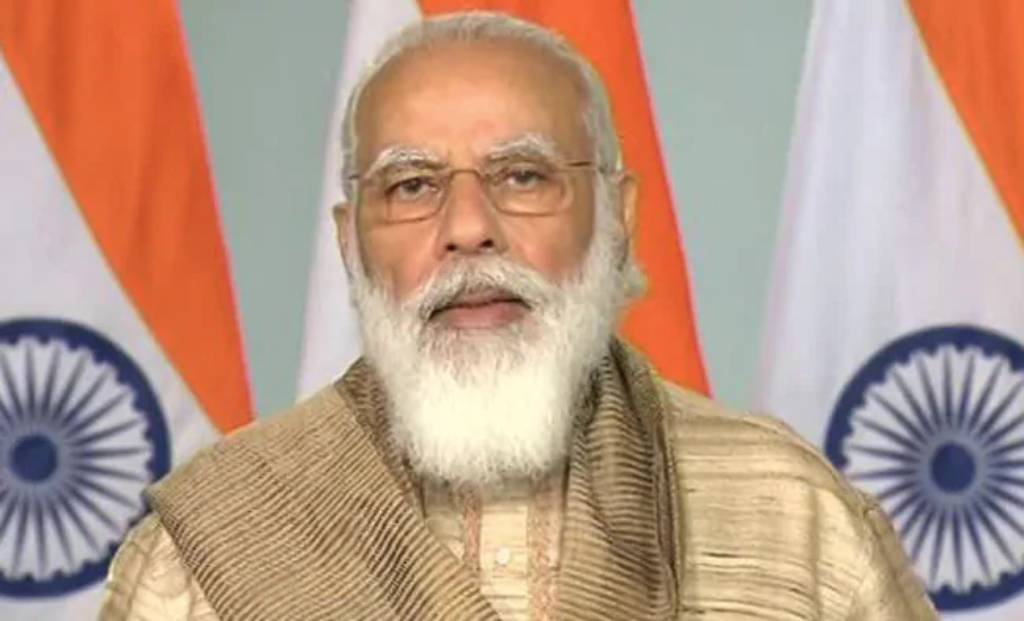Most countries around the world are struggling to get enough of their people inoculated by vaccinations. India has the contrary problem: several shots, but a lack of willing people.
When India is implementing one of the world’s largest inoculation initiatives, some health care staff and other leading workers refuse to take part in phase III trials because of safety issues over a vaccine. As of Monday, only about 56% of people eligible to get shots have stepped forward in a nation with the world’s second-worst Covid-19 outbreak.
If the inoculation rate does not increase significantly, India will fall far short of its target of inoculating 300 million people-or about a quarter of the population-by July. This will reverse the global efforts to suppress the virus and cause hope that recovery is rooting in an economy that is expected to experience its greatest annual record contraction in 1952.
Vinod Kumar, the resident physician at the All India Medical Science Institute of Patna, in Bihar’s eastern state, said, “At least 40 per cent of doctors here are unsure and want to wait.”
“Carrying out a vaccine trial on us when India is short of doctors, health-care workers don’t make sense,” Kumar added.
Though vaccine hesitancy has surfaced in places like Japan and Brazil, and China’s candidates have also faced data issues, the size of the problem in India is by far the biggest.
The key issues with places such as the US and Europe have mostly to do with insufficient supplies and not vaccine acceptance, and some countries turn to New Delhi for assistance: India claims that it can manufacture 500 million export shots per month and countries like the United Kingdom, Belgium and Saudi Arabia sought to buy them.
Vaccine Hesitancy
“Many in our institute aren’t comfortable with Covaxin because we don’t know how effective it is,” said Adarsh Pratap Singh, a member of the Resident Doctors Association of the All India Medical Sciences Institute in New Delhi.
“To build trust among people the government must come out with the data, evidence of the trials, and encourage free and fair discussions,” Adarsh Pratap Singh added.
AIIMS Resident Doctors Association president Adarsh Pratap Singh says that in other countries politicians and head of states have taken the vaccine to instil confidence among peoplehttps://t.co/f3NnxLUWRR@AIIMSRDA @MoHFW_INDIA @ICMRDELHI @NITIAayog @rashtrapatibhvn
— DR.ADARSH PRATAP SINGH (@adarshaiims) January 21, 2021
AIIMS RDA ex-general secretary Srinivas Rajkumar said in the past, the ICMR and the Health Ministry have had an inconsistent approach to many problems, including the vaccination process, and this has dented their reputation. Now the only way forward is to make information public and encourage informed decision-making.
Low Vaccination Rates
As of Monday, about two million shots were distributed nationwide. On January 21, about 75% of registered citizens came for vaccination in Madhya Pradesh, the largest state in Central India.
Two days later in Bihar, the rate was much lower at 51,6%. According to state authorities, about 55% of eligible persons had been vaccinated in Rajasthan on January 19 and 54% in the southern country of Tamil Nadu.
While the hesitation applies to both vaccines, people are most sceptical about Covaxin from Bharat Biotech. For example, in Tamil Nadu, only 23.5 per cent of those allocated Covaxin received the shots on Jan. 19, compared with 56 per cent for Covishield of the Serum Institute, the data show.
Nirmalya Mohapatra, a doctor at New Delhi’s Ram Manohar Lohia Hospital, plans to “wait and watch” for more clarification before being vaccinated with the shot from Bharat Biotech. If given an option now, he would opt for Covishield, as leading medical journals have checked its efficacy results.
“Covaxin could turn out to be a better vaccine in the future,” said Mohapatra, who is also vice president of the resident doctors’ association at the hospital. “But for now there is some apprehension because of the lack of a complete trial.”










